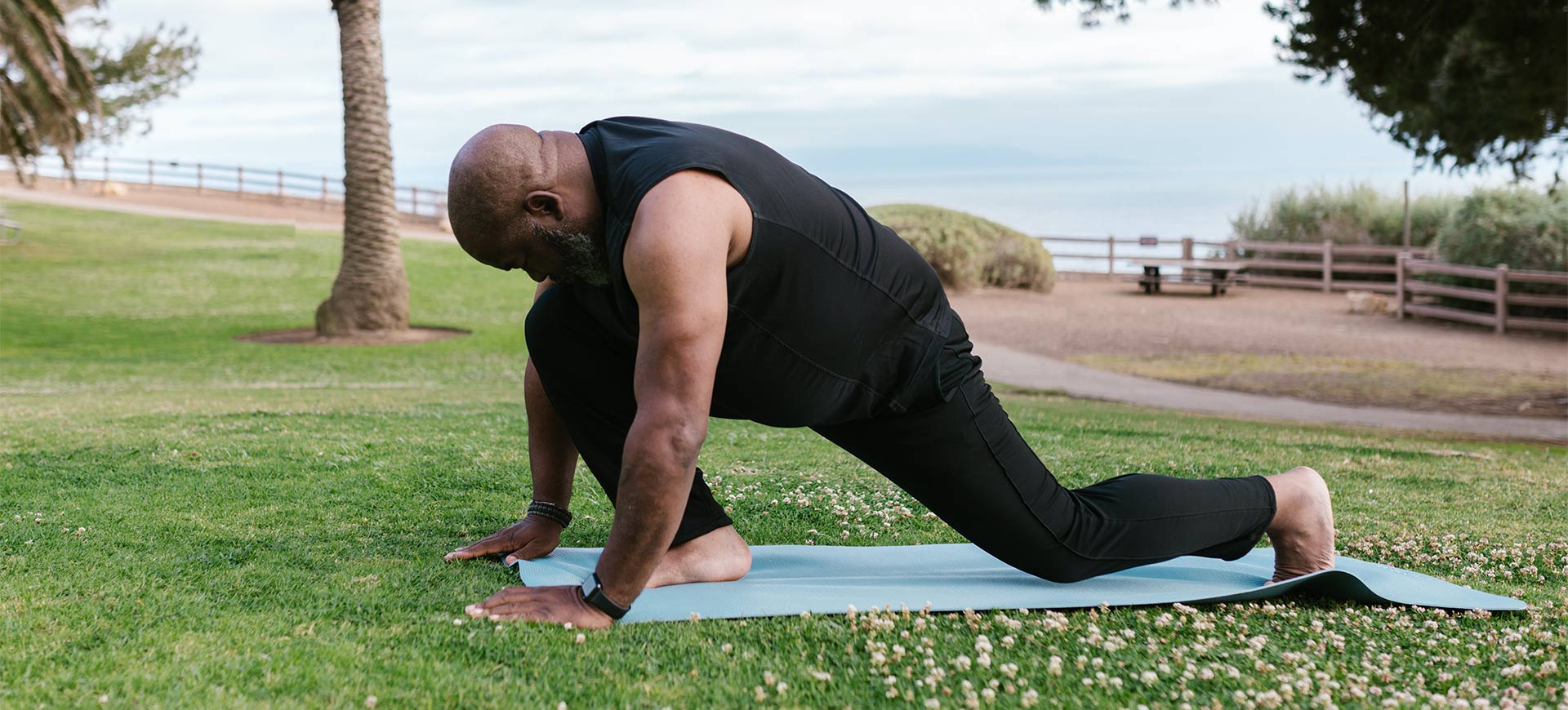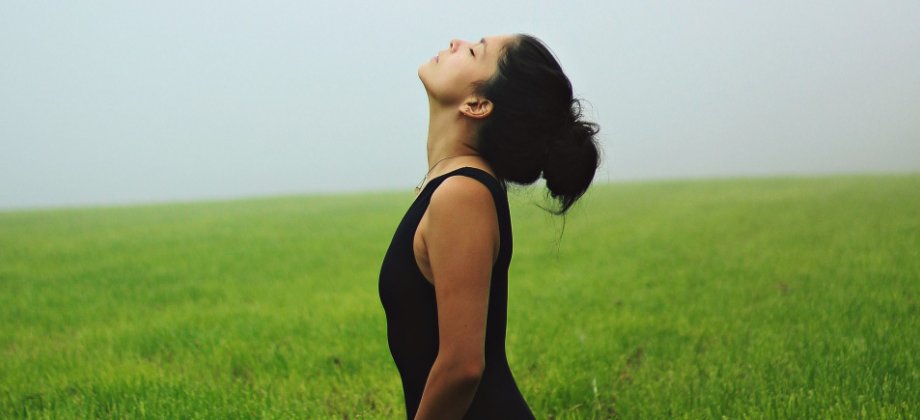
Diversify Your Career: 5 Unconventional Yoga Types
Yoga is still increasing in popularity and with that comes new yoga styles popping up left, right, and center. While there is a lot to say about taking an ancient practice and putting a creative spin on it, it is an almost inevitable result of more and more people practicing yoga.
There are some positive aspects of new yoga types. The practice becomes more accessible to a broader audience, for example. And at the end of the day, the world could do with some more yogis in my opinion.
The benefits
Whether you want to diversify your career or try something new for yourself, in this article, we’ll have a look at some unconventional yoga types. But before we dive in, let’s have a look at the benefits of practicing a new style of yoga.
Think outside of the box
Trying out something new can help you think outside of the box and give you new insights. This is especially beneficial during yoga, where your practice is ever-evolving. Practicing or teaching a new style can inspire a new sequence or a new variation of a pose, for example.
Step out of your comfort zone
If you’re a seasoned teacher, at this point you might be able to teach an hour-long Hatha class in your sleep. Adding a new style to your repertoire can sound daunting at first, but it’s outside of your comfort zone where the magic happens. You’ll be rewarded with a satisfying confidence boost after.
Expand your physical abilities
From teacher to teacher, I don’t have to hype up the physical benefits that yoga holds. So telling you a new yoga style can expand your physical abilities is like kicking in an open door. But still. It’s something that needs to be said, as it is one of the great benefits that come with a new style of yoga. A few sessions of SUP yoga may just activate completely different muscle groups than you’re used to.
But change the earth for a body of water and restricted space, and all of a sudden you’re facing a whole range of new challenges.
Types of yoga
Now that I got you excited about trying something new, let’s go over the options. These five unconventional yoga types offer a broad variety, so there is something for any type of yogi.
Aromatherapy yoga
Aromatherapy is a holistic healing treatment. With aromatic essential oils, it’s aimed to improve the health of the mind, body, and spirit.
Aromatherapy holds the power to enhance both your physical and emotional health. Which makes it a perfect fit with yoga.
The practice of yoga is a tool to enhance your physical and emotional health as well. And in this case, more is more. Double-up on the benefits by putting aromatherapy and yoga together.
Historically, aromatherapy and yoga have close connections and are used in tandem to support the body, clear your mind, and lift your spirit.
There are various courses you can take to become a certified aromatherapist. Depending on the course it takes about 2 to 9 months. You’ll learn the ins and outs of essential oils, anatomy, and physiology.
You can incorporate your newly acquired aromatherapy knowledge into your yoga practice in various ways. Let’s go over some ideas:
- Match your intention with an aroma that can help facilitate this intention. For example peppermint oil to enhance your focus.
- Go through your class as normal, but use aromatherapy towards the end to promote relaxation. Lavender oil is a commonly used essential oil for calmth.
- Use an oil diffuser to spread an energetic blend into the classroom, right before you start a more vigorous practice. A blend of grapefruit and basil does the trick!
- Sprinkle an essential oil blend on your props. A calming, stress-relieving scent like patchouli works great for Savasana props. Turn it into a spray, and sprinkle it onto the blankets you’ll use for your yin practice or Savasana.
SUP yoga
Now for something completely different: SUP yoga! SUP stands for stand-up paddleboard, and as the name suggests, you practice this form of yoga on a paddleboard. It’s practiced in the middle of a body of water, to throw a challenging factor into the mix.
As you’re right in the middle of nature, SUP yoga works wonders to calm your mind. It requires a very steady focus, as you’ll otherwise tumble into the water.
Stand-up paddle yoga incorporates the styles of Hatha and Vinyasa. On land, you’re grounded. But change the earth for a body of water and restricted space, and all of a sudden you’re facing a whole range of new challenges.
These are some of the benefits that come with SUP yoga:
- It helps to refine your techniques due to a restricted surface that’s moving along with natural elements.
- It strengthens new muscles because your foundation is different from the one you’re used to.
- Fresh air and the sounds of water promote stress relief.
- It drastically improves your balance.

Hotpod yoga
Hotpod yoga is a chain of yoga studios offering this invigorating style, that definitely brings the heat. In a heated, inflatable, and enclosed purple pod, you hop on your mat and practice.
This enclosed environment not only holds in the heat and humidity making you sweat more, but it also promotes a non-distracting environment. This allows a deeper focus and an immersive practice.
The term Hotpod yoga was coined by the company that created the pods, which are portable and therefore possible to set up just about anywhere. As long as you have a flat surface, electricity to inflate the pod, and of course the space, you’re good to go.
As described on the Hotpod yoga website, they call their invention:
“An otherworldly cocoon of glowing lights, heady aromas and enveloping soundscapes, taking you a million miles from the everyday.”
Hotpod yoga is a franchise business, so if you’re looking to really venture out and this idea of otherwordly pods sounds fascinating to you, know that you could become a Hotpod yoga studio owner.
Aerial yoga
Have you always dreamt of flying? Well, with aerial yoga, you can. Picture yourself hanging from the sky, wrapped in silk, like a butterfly emerging from its cocoon.
It’s a therapeutic form of yoga that’s quickly gaining recognition in the yoga world. And, contrary to popular belief, it’s a yoga style that makes the practice quite a bit more accessible to a broader audience.
Aerial yoga combines the traditional form of yoga with aerial arts. Silk fabrics and/or ropes hang from the ceiling, helping yogis to get into asanas. Opt for full support, like with a hammock, or slightly, by supporting one or multiple body parts.
You may think of the acrobatic elements when you think of aerial yoga, but it doesn’t have to be all flash and fuss. Just lying down with your legs lifted a couple of inches by silk fabrics is also aerial yoga.
Yoga in the dark
Ah, one of my personal favorites. There is just something about practicing yoga in complete or partly dark rooms. This style is subject to interpretation, as some teachers offer it in completely dark rooms, while others use candlelight. It can be warm, or room temperature. Additionally, you can opt if you’d like to use music or not.
In my personal opinion, I am a big advocate for yoga in the dark in silence. Minimal cueing helps to really get out of your head and into your body. A full class with synced breaths and energies gives off an incredible atmosphere.
Practicing yoga in the dark comes with the following benefits:
- You’re free of judgment. You barely see yourself, let alone the other yogis in class, so there is no time to compare as a student and micromanage your class as a teacher.
- It’s perfect for Pratyahara: the fifth limb explaining to detach oneself from its senses during practice. By quite literally removing a sense, you’re promoting a deep sense of self-awareness.
- You challenge your mind and body to feel a pose differently, as well as strengthen your balance.
Wrapping up
I hope this article has inspired you to venture out, and lean into unknown yoga territories. There are plenty of them, so even if you didn’t find a style that fits you as a teacher, don’t be encouraged to search for something new. Good luck!






